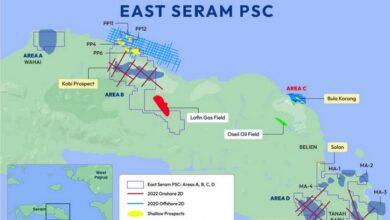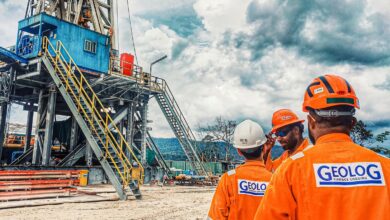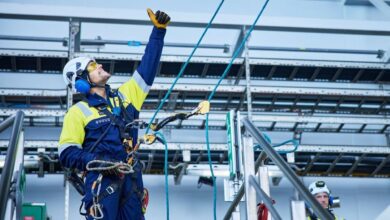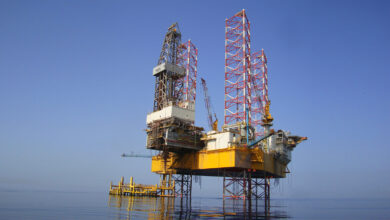Winslett: Process safety management ensures asset integrity in offshore lifting operations
By Katherine Scott, editorial coordinator
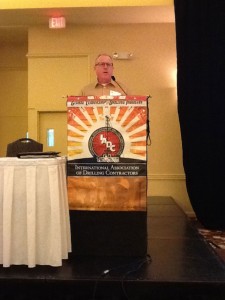
Designing clear operating envelopes for the crane operator will build safer rig environments, Ernie Winslett, manager of safety systems for Shell Exploration & Production Company, said at the 2012 IADC Lifting and Mechanical Handling Conference & Exhibition on 19 July in Lafayette, La. “You don’t want a crane operator sitting in a crane cabin making the call whether it’s a safe lift or not when we can design in some of that for them.”
Mr Winslett described Shell’s Asset Integrity Process Safety Management (AIPSM) program, which highlights three major elements: design integrity, technical integrity and operating integrity. The goal for AIPSM is better safety in everyday operations. “AIPSM is one tool that Shell’s got on a road to Goal Zero, which is the idea that nobody gets hurt and there’s no harm to the environment,” Mr Winslett said. “It’s not really a result. It’s not a day you arrive at; it’s really a mind set. It’s incorporating safety into everything you do, every day and everywhere.”
The first element, design integrity, means that Shell designs and builds equipment so that asset integrity process safety risks are “as low as reasonably practicable,” Mr Winslett said. “This is the idea that you have layers and layers of safety to manage risks down to an acceptable level, but at some point you reach a point of diminishing return,” he explained. One example is equipping a room with just enough fire extinguishers to mitigate a fire hazard. To give every one in the room a fire extinguisher would not make it any safer, he said.
Technical integrity relates to the maintenance and inspection of hardware barriers. Once barriers are in place, Shell will identify the person who’s responsible for maintaining them, Mr Winslett said. “We put together maintenance plans, corrective actions and go from there, but the barriers are only effective if they are maintained,” he said. “If you allow all of your barriers to degrade, you could have a worst-case scenario.”
“The third is operating integrity, and basically, we operate within operational barriers,” Mr Winslett explained. “We stay within the design envelope, and we give operators parameters to work with. If we exceed those parameters, then we need to intervene and take a look.” Operating integrity applies to making sure operators understand and follow procedures and are assessed for competency.
Combining these three elements builds what Shell calls leadership integrity, which encompasses knowledge and competency, assurance, risk identification and management, and performance management. “When all three of these come together effectively, we can stand up and say our assets are safe and we know it,” Mr Winslett said.
Looking toward the future, Mr Winslett feels that industry doesn’t need more design manuals or operating procedures. “We just need to use what we have and hold leadership accountable,” he said. Further, it’s necessary to have an effective competency assurance for operators, and all operators must be willing to stop the job. “It’s a powerful tool; you make the most use of all the eyes you have on the deck,” he explained.

